Introduction
Japan is a country that has long been known for its rich culture, unique customs, and advanced technology. For many people, Japan is not just a travel destination but also a place to settle down and call home.
If you are one of those individuals who have decided to make Japan your permanent residence, then you are in the right place.
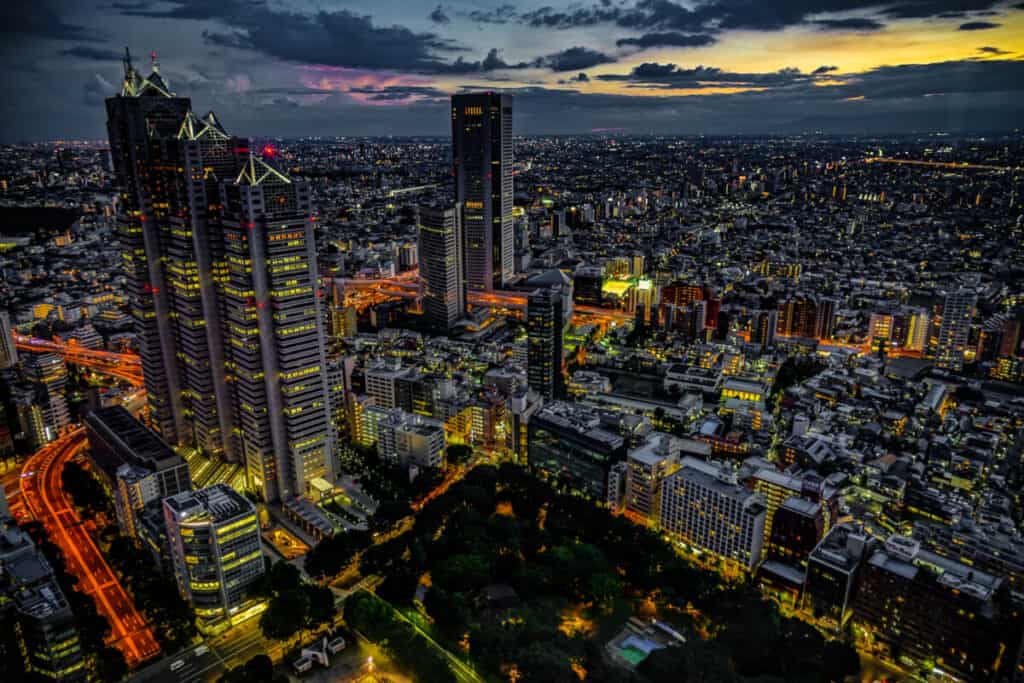
Obtaining permanent residency in Japan allows you to stay in the country indefinitely, work without any restrictions, and enjoy many other benefits.
In this guide, we will provide you with all the information you need to know about the eligibility requirements, application process, and common mistakes to avoid when applying for permanent residency in Japan.
Eligibility Requirements
To be eligible for permanent residency in Japan, you must meet certain requirements, which include the length of your stay in Japan, income and tax requirements, employment history, qualifications, Japanese language proficiency, and criminal record.
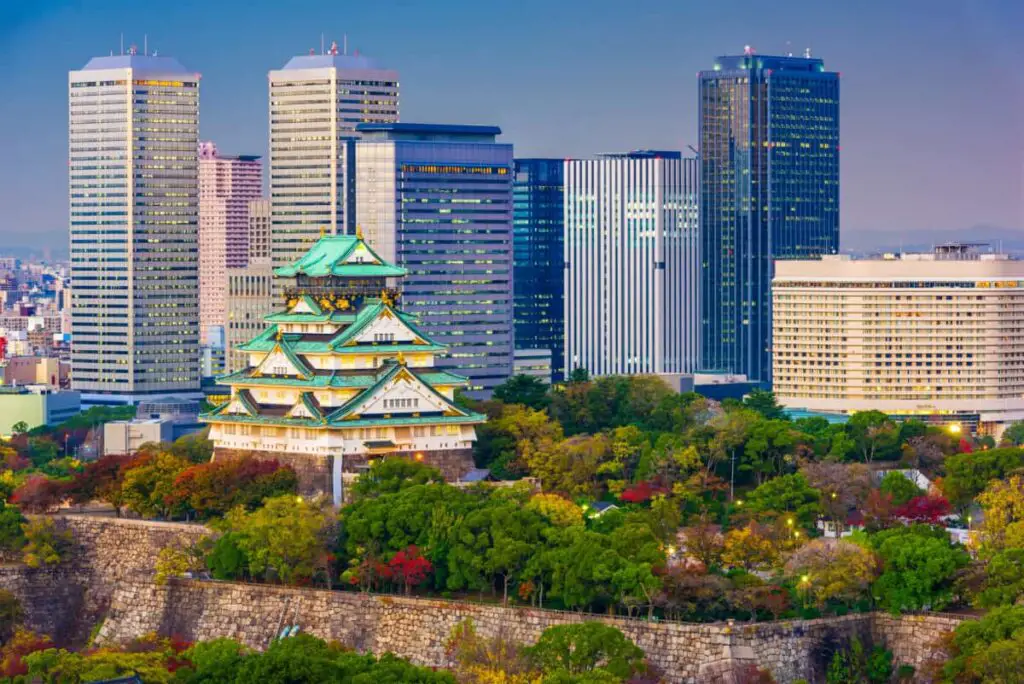
Firstly, you must have lived in Japan for a minimum of ten years, with five years of consecutive residency. Secondly, you must meet certain income and tax requirements, which may vary depending on your occupation, age, and family size.
You must also have a stable employment history and qualifications that demonstrate your skills and contribution to the Japanese society.
Additionally, you must have a certain level of Japanese language proficiency, which is measured by the Japanese Language Proficiency Test (JLPT). Finally, you must have a clean criminal record and not have any legal issues that could impact your ability to obtain permanent residency.
Application Process
The application process for permanent residency in Japan begins with obtaining a Certificate of Eligibility (COE) from the Immigration Bureau. You can obtain the COE either through your employer or by submitting an application to the Immigration Bureau directly.

After receiving the COE, you can then apply for a visa, which will allow you to enter Japan and start the process of obtaining permanent residency.
You will need to submit various documents and pay the required fees when submitting your visa application.
The processing time for a visa application can take up to three months, and you may be required to attend an interview and take an examination to assess your knowledge of Japanese culture and language.
Residence Card
Upon receiving your visa, you will be issued a Residence Card, which you must carry with you at all times. The card serves as proof of your residency status in Japan and includes your personal information, photo, and expiration date.
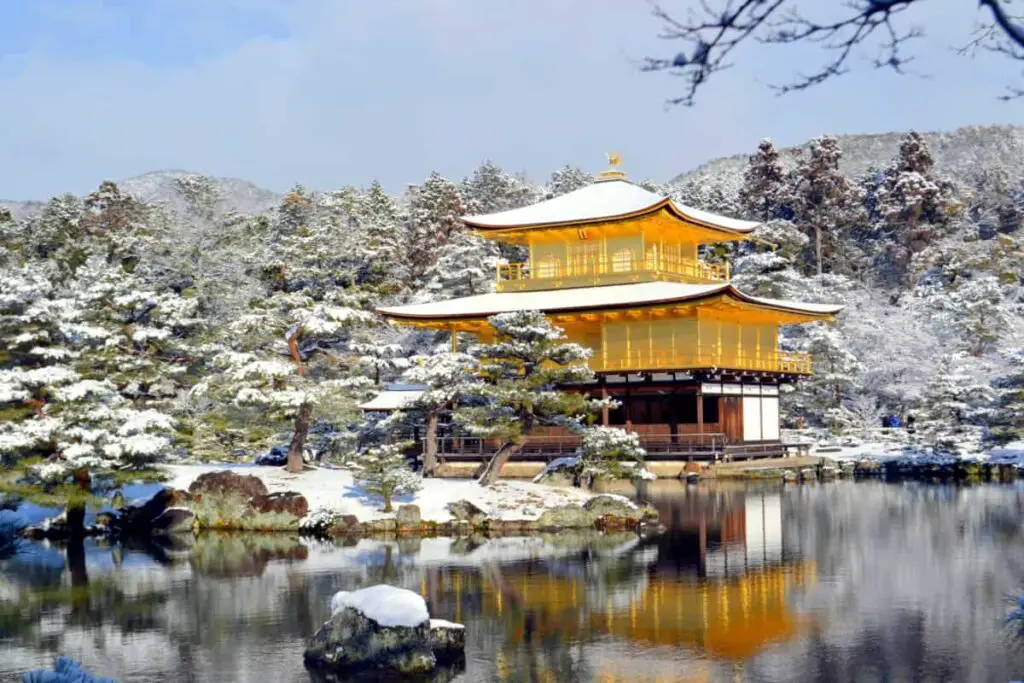
It is important to renew your Residence Card before it expires, and failure to do so may result in penalties or even deportation.
Additionally, if you change your address or employment status, you must notify the Immigration Bureau within 14 days.
Interviews and Examinations
As part of the application process, you may be required to attend an interview and take an examination to assess your knowledge of Japanese culture and language.

During the interview, you will be asked about your reasons for wanting to obtain permanent residency, your work history, and your future plans in Japan.
The examination will test your proficiency in Japanese language and knowledge of Japanese culture.
Preparation for these interviews and examinations is crucial to your success. It is recommended that you research and practice beforehand, as well as seek advice from professionals who have experience in this process.
Common Mistakes and Issues
There are several common mistakes that applicants make during the application process, such as submitting incomplete or incorrect documents, not meeting the income and tax requirements, or having a criminal record.
Other issues that may arise include delays in processing time, communication difficulties, or misunderstandings.
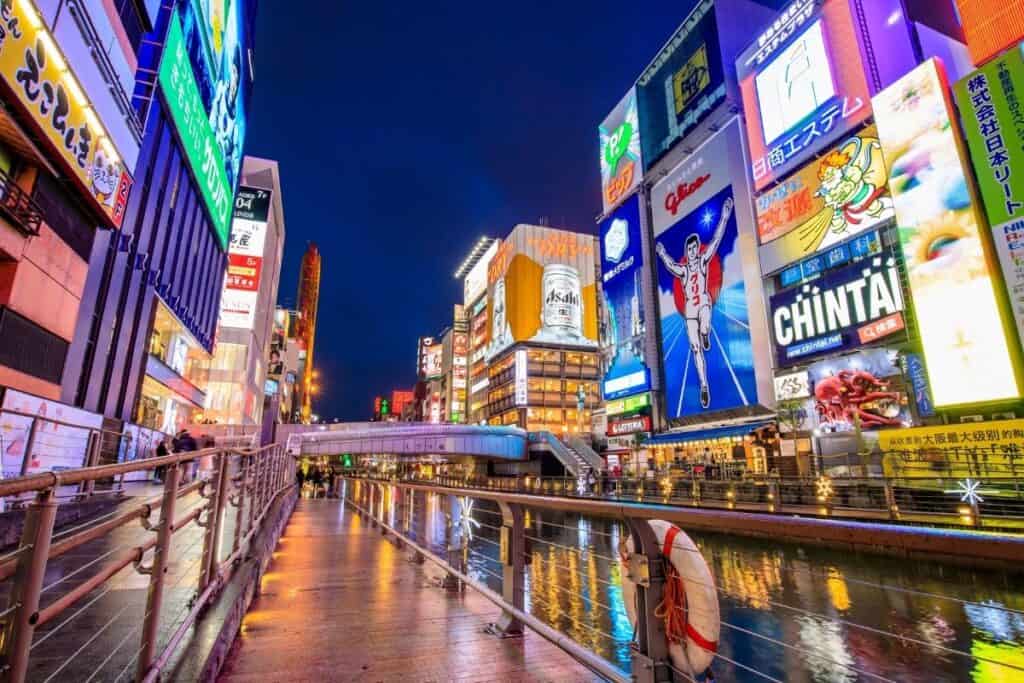
These issues can be resolved by seeking guidance from professionals, following the application guidelines carefully, and being patient throughout the process.
After Obtaining Permanent Residency
Once you have obtained permanent residency in Japan, you will enjoy many benefits, including the right to work without any restrictions and access to various social services, such as healthcare and education.
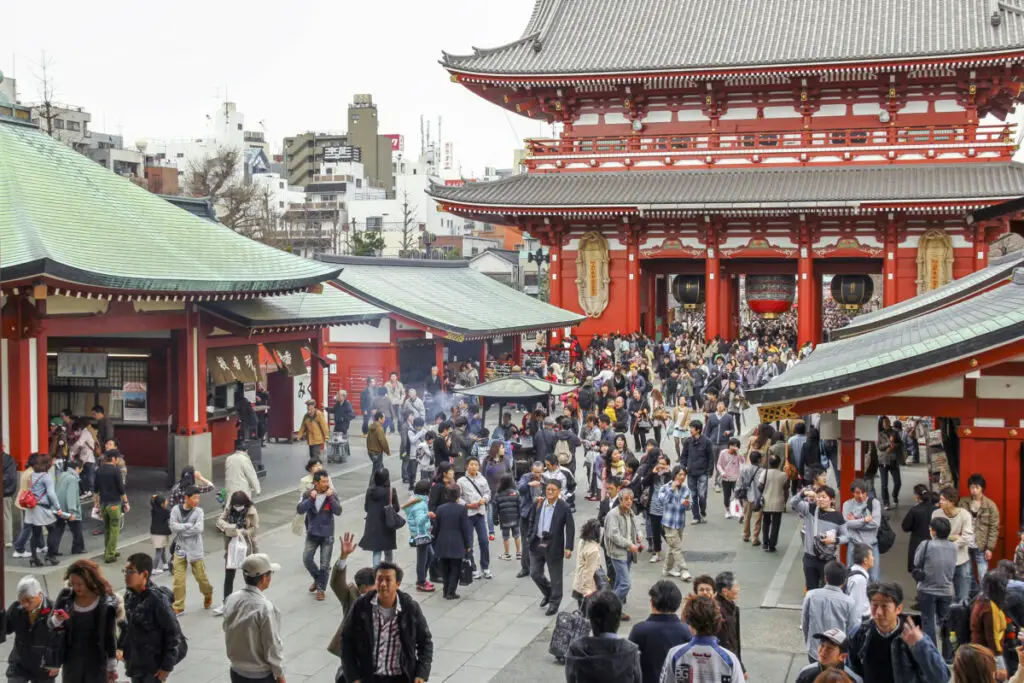
It is important to note that there are certain requirements to maintain your permanent residency status, such as residing in Japan for more than six months each year and paying taxes.
Failure to meet these requirements may result in the revocation of your permanent residency status.
If you decide to become a Japanese citizen, you may do so by applying for naturalization. This process involves meeting specific requirements, such as having a certain length of residency, passing a language and culture test, and renouncing your previous nationality.
Summary
Obtaining permanent residency in Japan can be a challenging process, but it is worth the effort for those who are committed to making Japan their long-term home.
By following the eligibility requirements, application process, and avoiding common mistakes, you can increase your chances of success.

Remember to be patient, seek professional advice when needed, and be proactive in maintaining your permanent residency status once obtained.
Immigration Services Agency Of Japan
We hope this guide has provided you with a comprehensive overview of the process of obtaining permanent residency in Japan and encourages you to pursue your dream of living in this beautiful and unique country.
General Overview Of Steps To Permanent Residency
- Meet the eligibility requirements: The eligibility requirements for permanent residency in Japan include a minimum length of stay in Japan, income and tax requirements, employment history and qualifications, Japanese language proficiency, and criminal record and other legal issues.
- Obtain a Certificate of Eligibility and visa: To apply for permanent residency in Japan, you need to obtain a Certificate of Eligibility (COE) and a visa. The COE is issued by the Japanese Immigration Bureau and confirms that you meet the eligibility requirements for permanent residency.
- Submit application and required documents to the immigration office: Once you have obtained your COE and visa, you can submit your application for permanent residency to the Japanese Immigration Bureau. The application includes various required documents, such as your passport, COE, and proof of income and tax payment.
- Attend an interview and take an examination: As part of the application process, you may be required to attend an interview and take an examination of your Japanese language proficiency and knowledge of Japanese culture.
- Receive a decision on your application: The processing time for permanent residency applications can vary but may take several months. You will receive a decision on your application from the Japanese Immigration Bureau.
- Obtain a residence card as proof of permanent residency status: If your application is approved, you will receive a residence card, which serves as proof of your permanent residency status in Japan. You are required to carry this card with you at all times.
- Maintain your permanent residency status by meeting requirements: To maintain your permanent residency status in Japan, you are required to meet certain requirements, such as residing in Japan for more than six months each year and paying taxes.
- Consider naturalization as a Japanese citizen: If you wish to become a Japanese citizen, you may consider applying for naturalization, which involves meeting specific requirements and going through the application process.

Please note that this is a general list of actions needed and may vary based on individual circumstances. It is always recommended to seek professional advice and guidance when applying for permanent residency in Japan.








